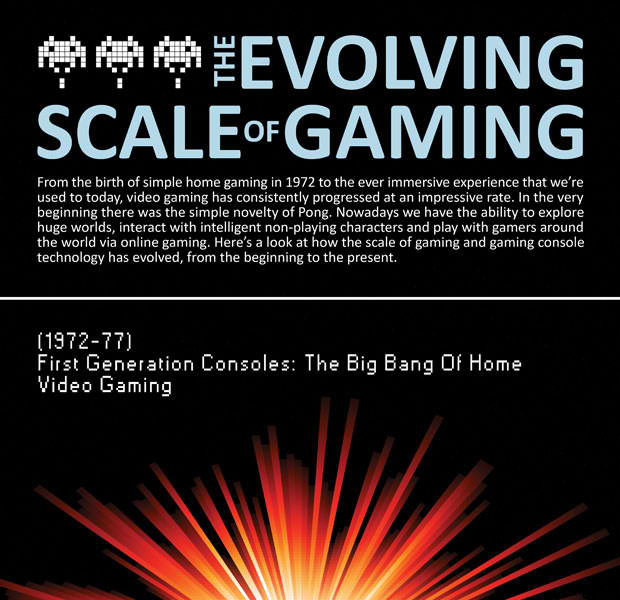The Evolving Landscape of Gaming: A Look at the Potential of "Earn to Die 2025"
Related Articles: The Evolving Landscape of Gaming: A Look at the Potential of "Earn to Die 2025"
Introduction
With great pleasure, we will explore the intriguing topic related to The Evolving Landscape of Gaming: A Look at the Potential of "Earn to Die 2025". Let’s weave interesting information and offer fresh perspectives to the readers.
Table of Content
The Evolving Landscape of Gaming: A Look at the Potential of "Earn to Die 2025"

The gaming industry has undergone a dramatic transformation in recent years, evolving from a purely entertainment-driven sector to a multifaceted platform encompassing elements of social interaction, economic opportunity, and even real-world impact. Within this evolving landscape, the concept of "Earn to Die" games, where players can monetize their gameplay and potentially generate real-world income, has emerged as a significant trend.
While the concept of "Earn to Die" games is not new, the potential of a game titled "Earn to Die 2025" offers an intriguing glimpse into the future of gaming and its potential to intersect with real-world economic systems.
Understanding the "Earn to Die" Concept:
"Earn to Die" games, often categorized as play-to-earn (P2E) games, operate on a decentralized framework, allowing players to earn digital assets within the game that can be exchanged for real-world value. These assets can take various forms, including in-game currency, virtual items, or non-fungible tokens (NFTs).
Key Components of "Earn to Die" Games:
-
Blockchain Technology: The foundation of most "Earn to Die" games lies in blockchain technology, which provides a secure and transparent platform for recording and verifying in-game transactions and asset ownership.
-
Decentralized Governance: Many "Earn to Die" games utilize decentralized autonomous organizations (DAOs) to govern the game’s development, resource allocation, and decision-making processes, giving players a direct voice in shaping the game’s future.
-
Tokenization: In-game assets are often tokenized, representing ownership and value that can be traded on marketplaces within the game or external platforms.
-
Play-to-Earn Mechanics: Players earn rewards by actively participating in the game, completing tasks, engaging in competitions, or contributing to the game’s ecosystem.
The Potential of "Earn to Die 2025":
"Earn to Die 2025" represents a potential evolution of the "Earn to Die" concept, incorporating advancements in blockchain technology, gaming mechanics, and real-world integration. The game could potentially offer players the following:
-
Enhanced Game Economics: The game could implement sophisticated economic systems, allowing players to participate in a dynamic virtual economy with realistic market forces and asset valuation.
-
Real-World Applications: "Earn to Die 2025" could integrate with real-world systems, allowing players to utilize in-game assets for real-world purchases or services.
-
Community Ownership: The game could foster a strong sense of community by empowering players to participate in governance, contribute to game development, and share in the game’s success.
-
Educational Value: "Earn to Die 2025" could offer players opportunities to learn about blockchain technology, economics, and decentralized systems, promoting financial literacy and digital citizenship.
FAQs about "Earn to Die 2025":
Q: What are the potential risks associated with "Earn to Die 2025"?
A: "Earn to Die" games, including a potential "Earn to Die 2025," face challenges related to:
- Volatility of Digital Assets: The value of in-game assets can fluctuate significantly, potentially leading to financial losses for players.
- Regulatory Uncertainty: The legal and regulatory landscape surrounding "Earn to Die" games is still evolving, creating uncertainty for developers and players.
- Security Risks: Blockchain technology, while secure, is not immune to hacking and security breaches, which can impact player assets and game integrity.
- Potential for Exploitation: Some games may engage in unfair practices, manipulating game mechanics or exploiting players for financial gain.
Q: How can "Earn to Die 2025" mitigate these risks?
A: To address these challenges, "Earn to Die 2025" could implement the following measures:
- Transparency and Disclosure: Providing clear and transparent information about the game’s economic model, asset valuation, and risks.
- Robust Security Measures: Employing advanced security protocols to protect player assets and prevent hacking attempts.
- Responsible Game Design: Focusing on fair and balanced game mechanics to prevent exploitation and encourage long-term player engagement.
- Community Governance: Empowering players to participate in decision-making processes and hold developers accountable.
Q: What are the potential benefits of "Earn to Die 2025"?
A: "Earn to Die 2025" could potentially offer several benefits:
- Economic Empowerment: Providing players with opportunities to earn income through their gaming skills and contributions.
- Innovation in Gaming: Pushing the boundaries of gaming by incorporating innovative technologies and economic models.
- Social Impact: Fostering community engagement, promoting financial literacy, and creating opportunities for individuals in developing economies.
Tips for Players Considering "Earn to Die 2025":
- Do Your Research: Thoroughly investigate the game’s mechanics, economic model, and developer team before investing time or money.
- Start Small: Begin with a small investment and gradually increase your involvement as you gain experience and confidence.
- Diversify Your Assets: Avoid putting all your eggs in one basket by diversifying your in-game assets and investments.
- Stay Informed: Keep abreast of updates, announcements, and community discussions to stay informed about the game’s development and potential risks.
- Prioritize Fun: Remember that gaming should be enjoyable. If the game becomes a source of stress or financial anxiety, it’s essential to take a break or reconsider your involvement.
Conclusion:
The potential of "Earn to Die 2025" represents a significant opportunity to reshape the gaming landscape. By integrating blockchain technology, real-world applications, and community ownership, the game could empower players, promote economic empowerment, and drive innovation in the gaming industry. However, it is crucial to approach "Earn to Die" games with caution, understanding the inherent risks and potential challenges. As with any investment, thorough research, responsible participation, and a balanced approach are essential for navigating the evolving world of "Earn to Die" games.








Closure
Thus, we hope this article has provided valuable insights into The Evolving Landscape of Gaming: A Look at the Potential of "Earn to Die 2025". We appreciate your attention to our article. See you in our next article!